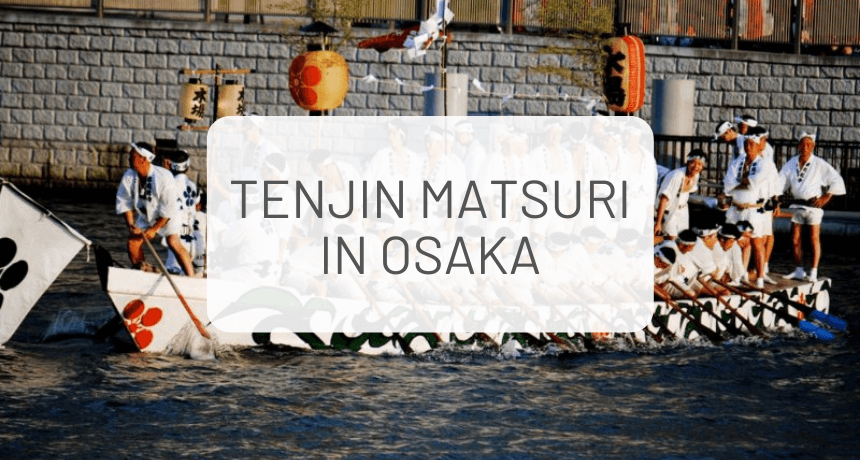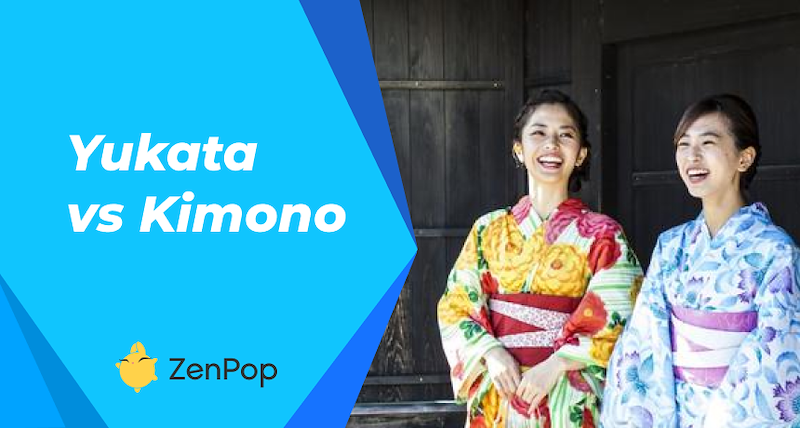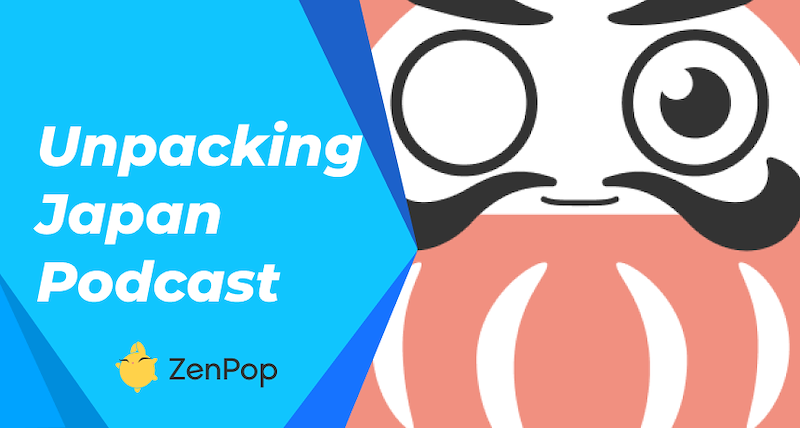
</title><meta name="robots" content="noindex">The Guide to Tenjin Matsuri: Osaka's Biggest Festival
Happy summer! With the festival season in full swing (outside Covid restrictions), we thought it would be fun to introduce you to one of the biggest summer celebrations in Japan, Tenjin Matsuri. It occurs from July 24 to 25 in Osaka, where Zenpop is based! Along with Gion Matsuri in Kyoto and Kanda Matsuri in Tokyo, Tenjin Matsuri is considered one of Japan’s top three festivals.
Located around Tenmangu Shrine and the Okawa river, the festival is extremely accessible both by taxi or by train. The festivities include processions, rituals, and a fireworks display! Let’s talk a little about what Tenjin Matsuri is all about.
What is Tenjin Matsuri?
Tenjin Matsuri is the main festival of the Osaka Tenmangu Shrine. It celebrates the principal deity or kami of the shrine. In the Heian period, a man named Sugawara no Michizane lived as a diplomat, calligrapher, and prolific poet, and was later revered in Shintoism as the Tenman-Tenjin, the patron god of scholarships, academics, and learning.
The first day of Tenjin Matsuri is reserved for prayers and festivities at Tenmangu shrine, while the second day hosts the land and water processions around the city, as well as a spectacular fireworks show in the evening of the final day.
In order to ensure protection and prosperity for the city of Osaka, the deity is moved onto a portable shrine or mikoshi and paraded first around the city streets, and then later taken for a cruise down the Okawa river. It is said that the Tenjinmatsuri is a celebration so that Sugawara no Michizane could see their land from the heavens, and its people living happily.
The first recorded festival was in 951, and has its origins in a sacred rite called the Hokonagashi. During the hokonagashi, a sacred spear called a “hoko” is floated down the Okawa River in order to determine the temporary resting places of the kami. Wherever on the riverbank the spear would end up, an “Otabisho” or midway resting point is usually erected, and rites are celebrated when the mikoshi is brought there.
However, it has evolved and changed as it grew in popularity, now sporting crowds of over thousands of people during the second night of the festival.
How do we celebrate Tenjin Matsuri?
The main events of the Tenjin Matsuri are called “Rikutogyo” (land procession) and “Funatogyo” (boat procession.)
The Rikutogyo begins by inviting the deity out of his shrine, and parading him through the city to entertain him and show him the happiness of his people. The long procession includes the ceremonial float, lion dancers, umbrella dancers, and other attractions, such as characters like Sarutahiko, a goblin riding a horse. A gilded mikoshi with a phoenix at its top called the Gahoren too joins the parade, which holds the deified spirit of Sugawara no Michizane.
Later in the afternoon, the floats, mikoshi, and members of the procession are loaded into boats for the river parade called the “Funatogyo.” This is a procession of 100 ships, including not only the mikoshi and other ceremonial floats, but also stage boats on which performances of noh (traditional Japanese theater) and bunraku (Japanese puppet theater) are held for participants watching from the riverside. There are also dondoko boats, named for the beating of the drum behind them, that are propelled by rowers up and down the river.
The Funatogyo typically parades upstream from the Tenjinbashi bridge, and a separate procession boat comes from upstream to greet the divine. During the boat parade, fireworks are lit as offerings, showering the night sky in gorgeous illuminations that can be seen from up and down the Okawa River. Did you know that around 5,000 fireworks are lit during the festival night alone? This scene of fireworks over the river procession is what gives the Tenjin Matsuri its nickname of “Osaka’s Festival of Fire and Water.”
Many spectators gather during the warm summer in order to picnic while watching the procession, and as expected, the crowds can get rather large. Restaurants and street food stalls light their lanterns and join the illumination show to provide food for participants and spectators, including popular festival delights like yakisoba, baby castella, and takoyaki!
Tenjin Matsuri is definitely a must-see if you end up coming to Japan in time for it, and it’s one of the highlights of Osaka’s summer season. The festival is, without a doubt, a one-of-a-kind experience of Japanese cultural traditions and its roots in Shintoism.
If you want to learn more about other festivals in Japan, learn more in this ultimate guide on the most popular festivals in Japan!





